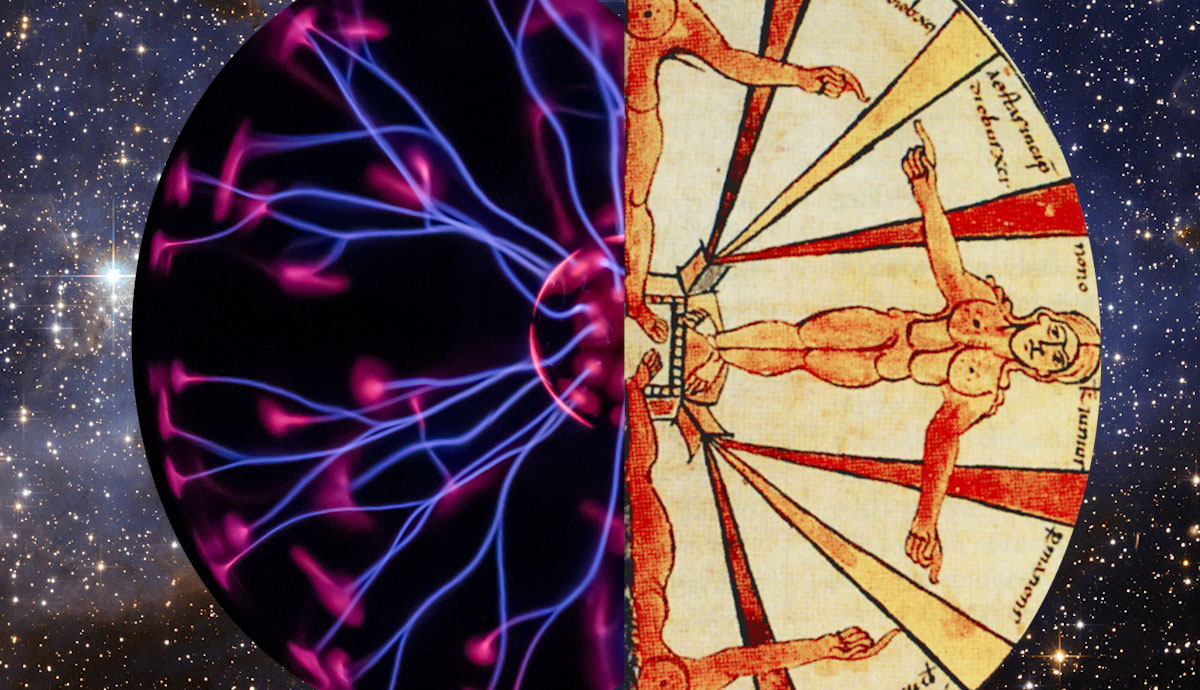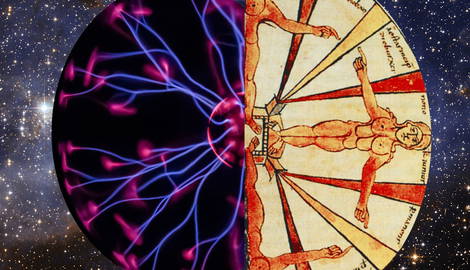
summary
- Monads are simple, indivisible substances forming the basis of all reality in Leibniz’s philosophy.
- They unite simplicity and activity, existing without parts yet generating change.
- Non-extended and immaterial, monads do not occupy physical space.
What is the most basic kind of thing? This article focuses on an attempt to answer this question: the monad. This concept comes from Gottfried Leibniz, one of the most significant Early Modern philosophers.
This article begins with a discussion of why the monad is philosophically interesting and sets out Leibniz’s purposes for postulating its existence. It then explores the monad’s place within the broader concept of substance and ends by outlining the two central features of monads: simplicity and activity.
Why Monads Are Philosophically Interesting

Why are monads interesting, beyond their place in Leibniz’s work? Philosophy often aims to explain what truly is, as opposed to how things appear to be. This is arguably the most traditional task of philosophy, one that the earliest Greek philosophers understood, much like Leibniz, as the search for the most basic substance in the universe.
The impulse is to take a world full of diverse, changeable things and discover what, if anything, is simple and unchanging. The search for something permanent beneath change can be so powerful that it sometimes takes the form of a religious impulse.
The monad is Leibniz’s way of resolving this desire. Among such attempts, his was especially notable for emerging at a time when the natural sciences and mathematics were starting to resemble their modern forms.
From Aristotle’s Substance to Leibniz’s Monad

The purpose of the concept of the monad is to define what is metaphysically prior or basic. This is often paraphrased as the search for simple substances. But what is a substance?
Aristotle first formalized the concept, which Leibniz took up as what came to be known as “Aristotelian substance.” The Aristotelian analysis gives substance two main components: form and matter.
Form is the “shape” or “structure” of matter. Howard Robinson summarizes three further elements of Aristotle’s view:
“Being objects of predication but not being themselves predicable of anything else… Being able to receive contraries… If substance did not exist it would be impossible for things in any of the other categories to exist.”
Properties of the Monad: Simplicity and Unity

Leibniz takes Aristotle’s idea and augments it. His conception of substance is not entirely at odds with Aristotle’s, but one of his primary claims is that the monad’s unity is essential.
In The Monadology, he writes:
“The monad…is nothing other than a simple substance which enters into composites; simple, that is to say, without parts… And these monads are the true atoms of nature.”
It seems intuitive that the most basic thing should not have parts. If it did, those parts would be more basic. Division could continue indefinitely until we reached something indivisible. The most simple substance will have no parts.
Monads and Their Existence Beyond Space

The monad does not have an extension in space. It takes up no physical volume.
This might seem odd given Leibniz’s immersion in the scientific developments of his time. In fact, he sought to create a metaphysical framework on which the emerging physical sciences could rest.
As Leibniz scholar Maria Rosa Antognazza explains:
“Simple, immaterial, non-extended, indivisible entities are the condition of the existence of composed, material, extended, divisible entities…”
Activity: The Dynamic Side of Monads

Unity is one defining feature of monads. Activity is another. In later works like Principles of Nature and Grace and On Nature Itself, Leibniz describes monads as centers of force, both acting and being acted upon.
From On Nature Itself:
“The substance of things itself consists in the force of acting and being acted upon…And it is this substantial principle itself which is called soul in living beings, and substantial form in other beings…It makes what I call a monad.”
Monads are not static points; they are sources of energy and change within the universe, though their powers are finite because they are created beings.
Monads and Forces

Monads can be understood as centers of force rather than material particles. Their active and passive powers are not parts of the monad but inseparable aspects of its nature. Leibniz called these “abstractions,” meaning they exist in analysis but cannot be detached from the monad itself.
These are not physical forces like gravity or magnetism. As Antognazza notes, “What is ultimately real in the Leibnizian universe is not extended stuff but powers or forces which are manifested derivatively in natural phenomena.”
For Leibniz, monads are the indivisible, non-physical foundations of everything. They combine simplicity, or having no parts, with activity, or being sources of force and change. They do not occupy space, yet they make the material world possible.
In Leibniz’s philosophy, understanding monads is key to understanding the very structure of reality.










